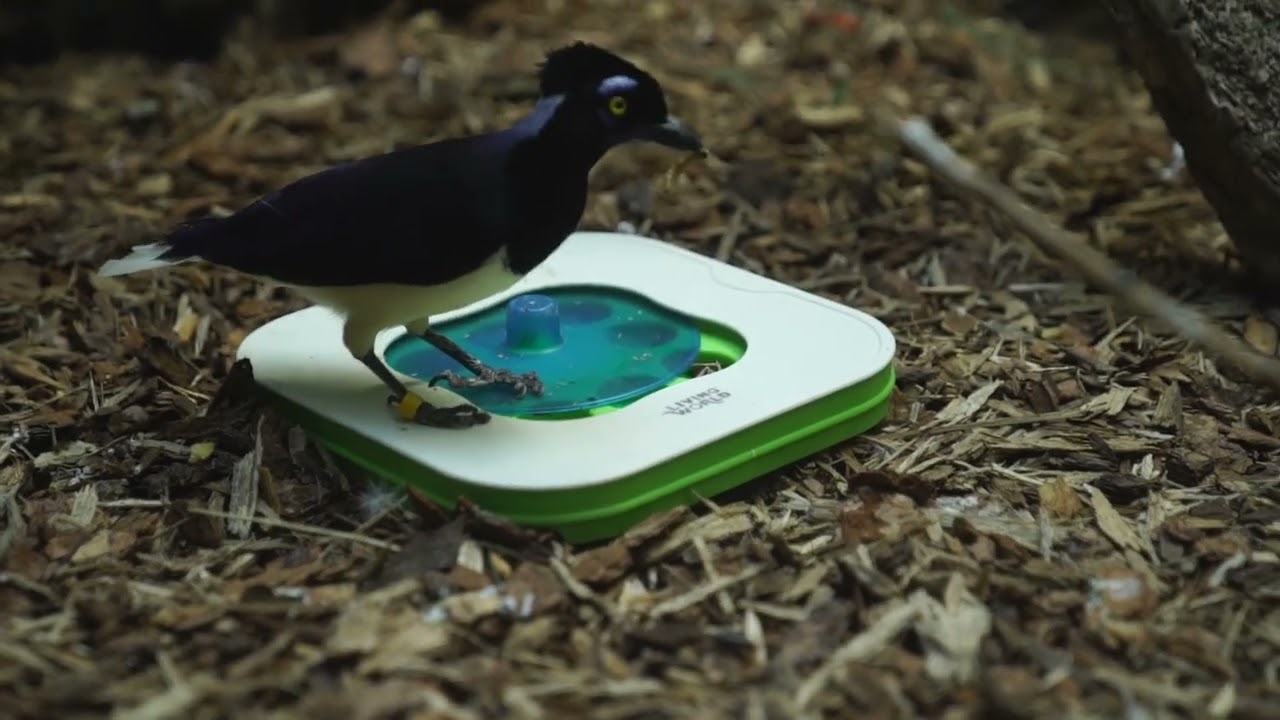- The biological diversity of birds and their unique adaptations.
- The role of birds in ecosystems and their ecological significance.
- Conservation challenges faced by birds and strategies for their protection.
- The advances in zoology and conservation techniques that benefit birds.
- The importance of education and awareness in bird conservation efforts.
Birds, a group encompassing over 10,000 species, exemplify the remarkable diversity and adaptability of life. They inhabit a wide array of environments, from dense forests and expansive savannahs to the frigid polar regions and bustling urban areas. This adaptability underscores their evolutionary success, with each species exhibiting distinct traits and behaviors suited to its ecological niche. For example, the beak shapes of finches on the Galápagos Islands demonstrate how physical characteristics can evolve to exploit specific dietary resources. Moreover, the migratory patterns of birds, such as the Arctic Tern, which travels from the Arctic to the Antarctic and back each year, showcase their ability to traverse vast global distances. These adaptations highlight the exceptional biological diversity of birds and emphasize their importance in studies of evolution and ecology.
Within ecosystems, birds play pivotal roles that sustain ecological balance. They act as pollinators, seed dispersers, predators, and prey, contributing fundamentally to the continuation of life cycles in their habitats. Hummingbirds, for example, are essential pollinators for a number of plant species in the Americas, ensuring the survival and reproduction of these flora. Through their diet, birds such as the insectivorous warblers help regulate pest populations, maintaining the health of plant communities. Birds like vultures perform crucial cleanup roles by consuming carrion, which helps prevent the spread of disease. Their interaction in food webs further cements their status as integral components of their environments. Recognizing birds’ ecological roles can lead to a greater appreciation for their contributions to biodiversity and the health of ecosystems worldwide.
Bird conservation faces numerous challenges due to habitat loss, climate change, and anthropogenic pressures. Deforestation, urbanization, and agriculture encroach on habitats, squeezing bird populations into smaller areas, which can lead to declines or extinctions. Climate change exacerbates these issues by altering habitats and food availability, forcing many species to adapt swiftly or perish. Moreover, pollution, particularly plastic waste and pesticides, directly threatens bird health. Conservation strategies must be multifaceted, addressing these concerns through habitat restoration, legal protection, and pollution control. Initiatives like establishing protected areas and enforcing regulations on land use aim to provide safe havens for birds. Conservationists also work with local communities to develop sustainable practices that benefit both human and avian populations. Protecting bird habitats is vital for the survival of countless species and the overall health of the planet.
Advancements in zoology and conservation technology have made appreciable impacts on bird conservation efforts. For instance, satellite tracking technology allows researchers to monitor migratory patterns and habitat use in real-time, providing critical data to inform conservation strategies. Genetic studies offer insights into the evolutionary relationships between bird species and help identify those at risk of extinction due to low genetic diversity. Environmental DNA (eDNA) sampling is a growing tool that detects bird presence in ecosystems by analyzing genetic material collected from soil or water. Additionally, artificial intelligence is being used to analyze bird sounds for population monitoring and identifying new behaviors or species. These technological innovations equip conservationists with the tools necessary to preserve bird populations more effectively in an ever-changing environment.
Education and raising awareness are fundamental to successful bird conservation. Public understanding of the importance of birds and the threats they face is crucial for garnering support for conservation initiatives. Educational programs aimed at schools, communities, and policymakers can foster a sense of responsibility and enthusiasm for protecting birds and their habitats. Citizen science projects, such as bird watching clubs or nest monitoring programs, engage the public in conservation efforts, providing valuable data while also increasing participants’ appreciation for avian biodiversity. Social media platforms and wildlife documentaries can further disseminate knowledge, reaching a global audience and inspiring action across different demographics. By championing education and public involvement, conservationists can create a broad coalition dedicated to the long-term protection of birds.
*****
Source Description
Our Inca terns and plush crested jays enjoy some slimy exes!
G-L names are displayed at the end. Please note that overly specific names, vulgarity, or anything


